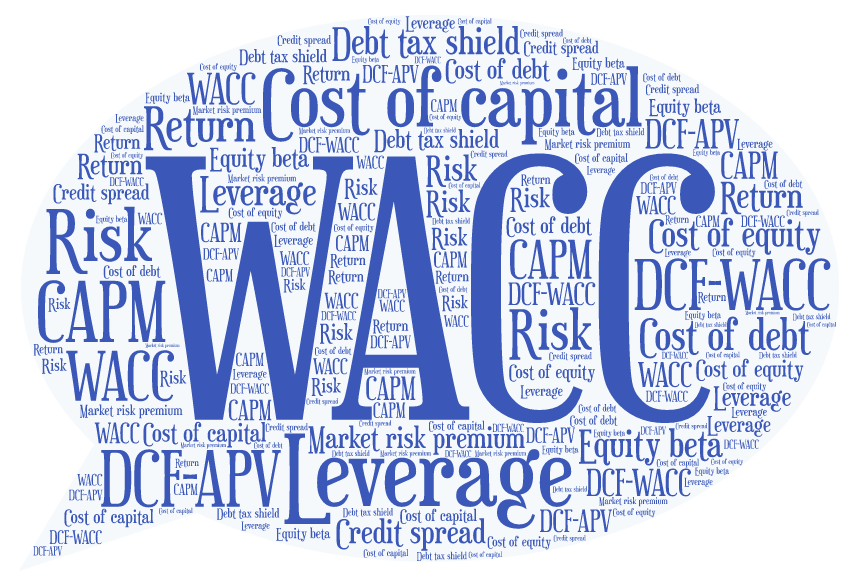Module Structure
Abschlussbedingungen
In this course, we learn how to estimate the current value of the cash flows that a firm is expected to generate in the future.

We know from Financial Planning for Managers how to estimate the "relevant cash flows" of a firm. The next logical step in our journey to firm valuation is to understand how to bring cash flows and discount rates together, that is, how to correcly identify the relvant risk-adjusted rate of return the investor require as a compensation for the riskiness of the expected cash-flow stream. We proceed as follows.
- We start with some general thoughts about risk and how financial leverage affects the return of the shareholders.
- Then we present the conceptual framework to estimate the present value of the firm's free cash flows. We introduce the two most prominent versions of the discounted cash flows (DCF) approach: The Adjusted Present Value (APV) approach and the Weighted Average Cost of Capital (WACC) approach.
- We look in detail at how to estimate the WACC in reality
- We discuss important implementation issues when estimating the WACC in specific valuation situations
- We learn how to use international data to estimate the cost of capital.
Zuletzt geändert: Montag, 12. November 2018, 08:14
